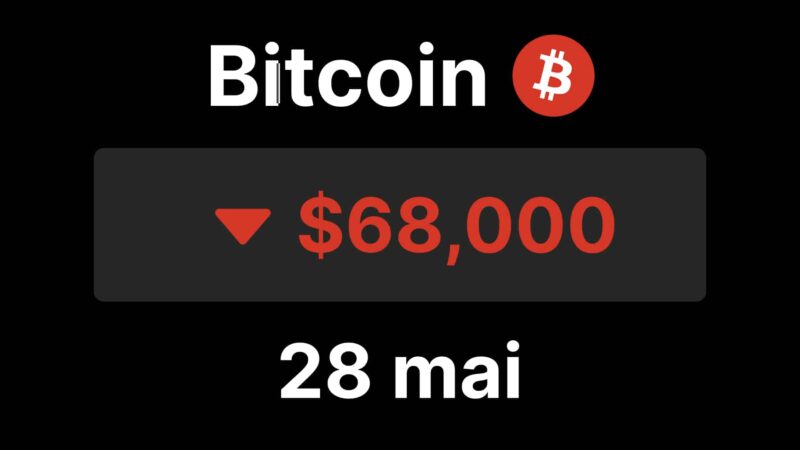Cardano Repositions as a Layer 2 Solution for Bitcoin
In a surprising move, Charles Hoskinson, the founder of Cardano, has announced that Cardano is repositioning itself as a layer 2 solution for Bitcoin.
The strategy is based on UTXO interoperability, allowing synergy between the two networks without merging them. This would enable Bitcoin to benefit from the advanced features of Cardano, such as smart contracts, while maintaining the autonomy of each blockchain.
Charles Hoskinson Opts for an Unexpected Integration of Bitcoin
In a twist of events, Charles Hoskinson, founder of Cardano, has announced that Cardano will now serve as a layer 2 solution for Bitcoin.
The goal is to strengthen Bitcoin by adding features that it lacks, without sacrificing the basic structure of either blockchain. This new direction marks a turning point for Cardano, as it is now ready to collaborate with the Bitcoin blockchain to enhance its capabilities.
Layer 1 and Layer 2: Understanding the Difference
To grasp the significance of this repositioning, it is crucial to distinguish between the concepts of layer 1 (L1) and layer 2 (L2) in the world of blockchains. Layer 1 refers to the base network, such as Bitcoin or Cardano itself, which executes transactions without relying on additional infrastructure. A layer 2 solution, on the other hand, is a technology that builds on top of the layer 1 to improve the speed and functionality of an existing network. In the case of Cardano, this new configuration will allow the Bitcoin blockchain to benefit from previously inaccessible strategic advantages.
UTXO Interoperability: An Alliance Without Merger
Cardano is not abandoning its own layer 1 identity to become a layer 2 solution for Bitcoin. The strategy being implemented is based on UTXO interoperability, which ensures synergy between the two networks without blending them together. By creating this gateway, Cardano ensures that Bitcoin can leverage the flexibility and power of its own advanced features while maintaining the autonomy of each blockchain. The objective is to provide a seamless user experience that highlights the strengths of each platform.
Smart Contracts and Ordinals: New Opportunities for Bitcoin
The Technical Director of Cardano, Romain Pellerin, mentioned that this development will bring the ability to execute smart contracts to Bitcoin. Currently, Bitcoin is limited to basic transactions without the ability to deploy dApps or manage complex processes without intermediaries. With this integration, Cardano aims to provide unprecedented potential for Ordinals – the tools for recording data on Bitcoin – by making them intelligent and autonomous through smart contracts.
Pellerin highlighted that this approach could ‘give the Ordinals the smart contract capability that Bitcoin sorely lacks.’ This development opens up new possibilities for the use of Bitcoin, making it easier to create dApps and decentralized financial applications based on its stability and influence.
Cardano x Bitcoin: A Global Impact on the Crypto Ecosystem or Marketing Gimmick?
Bitcoin has long been considered the foundation of digital currencies, but its architecture has limitations that hinder its versatility. By integrating the advanced features of Cardano, Hoskinson believes that Bitcoin could transform into a more robust platform, better suited to the expectations of modern developers and users. This complementarity has the potential to attract a new wave of participants and projects in the crypto sector, especially those focused on innovation and application diversity.
The Cardano initiative has also garnered criticism, with many members of the Bitcoin community viewing the announcement as a mere marketing gimmick.




